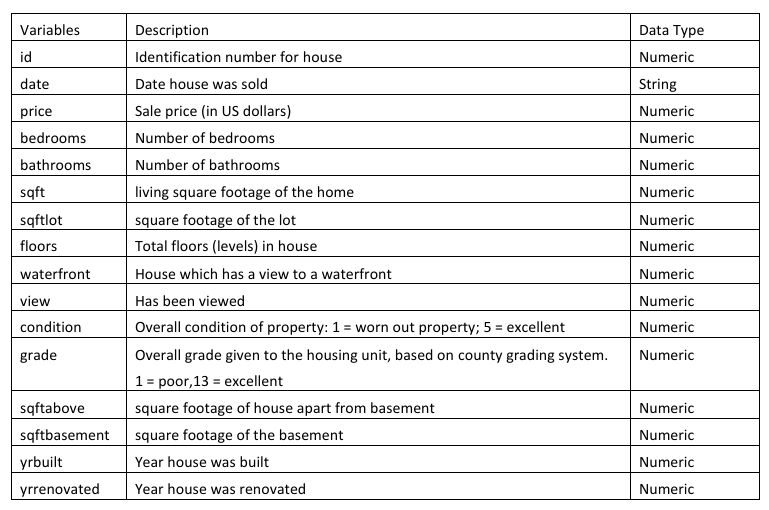I think whoever wrote the question is causing you additional confusion by conflating two concepts. The term "quantitative variable" (which is not a term I've ever really heard before) is especially confusing/ambiguous, since it's not clear whether it's referring to the kind of data stored in the variable or what that represents.
Firstly, in a given dataset a variable can store "numeric" data meaning that is only contains numbers, or it can store "string" data, meaning that it can contain words or symbols or whatever.
String variables are, in general, useless for ANY statistical analysis - if you want to do anything with them you usually need to transform them into numeric variables that only contain numbers. Unless otherwise specified we always assume variables are numeric.
Now, we can classify (numeric) variables by what the numbers they store actually represent.
In a "continuous" variable the numbers actually represents "numbers of things." So in the variable "age" a value of "35" means "35 years old," and in a variable "income" a value of "30,213" mean "30,213 dollars (per year)." This is important to know because it tells us that a "one unit" increase in these variables actually means something - it means "one more dollar" or "one more year of age." There is also an additional sub-type of continuous variable called an "interval level" variable, in which the zero value is actually meaningful (so age and income are both technically "interval level continuous variables" whereas "degrees Fahrenheit" is continuous but NOT interval level).
In a "categorical" variable by contrast, the numbers don't actually represent numbers, but are simply "codes" to represent different categories (a good statistical program will usually allow you to see the codes when looking at the variables, even though the values are still stored as numbers). So you might have a variable "gender" where a value of 0 represents "male" and 1 represents "female." In particular, this gender variable is a binary categorical variable because there are only two options (but you could also have a gender variable with more than two options). Some categorical variables are "ordinal" where higher numbers represent "more" of something (like a "how happy are you" question with values of 1=not very happy 2=kind of happy 3=very happy, but note that we have no idea whether the "distance" between 1 and 2 is the same as between 3 and 4), while others are "nominal," where the order of the categories is arbitrary (e.g. a "race" variable where 1="white" 2="Black" and 3="other").
Categorical variables require special treatment in statistical analyses because the numbers they store aren't "really" numbers. For binary categorical variables you can often get away with treating them like continuous variables because a "one unit increase" (say from 0 to 1) is still a meaningful concept. But treating ordinal variables like this is dangerous and treating nominal variables like this will get you garbage.

